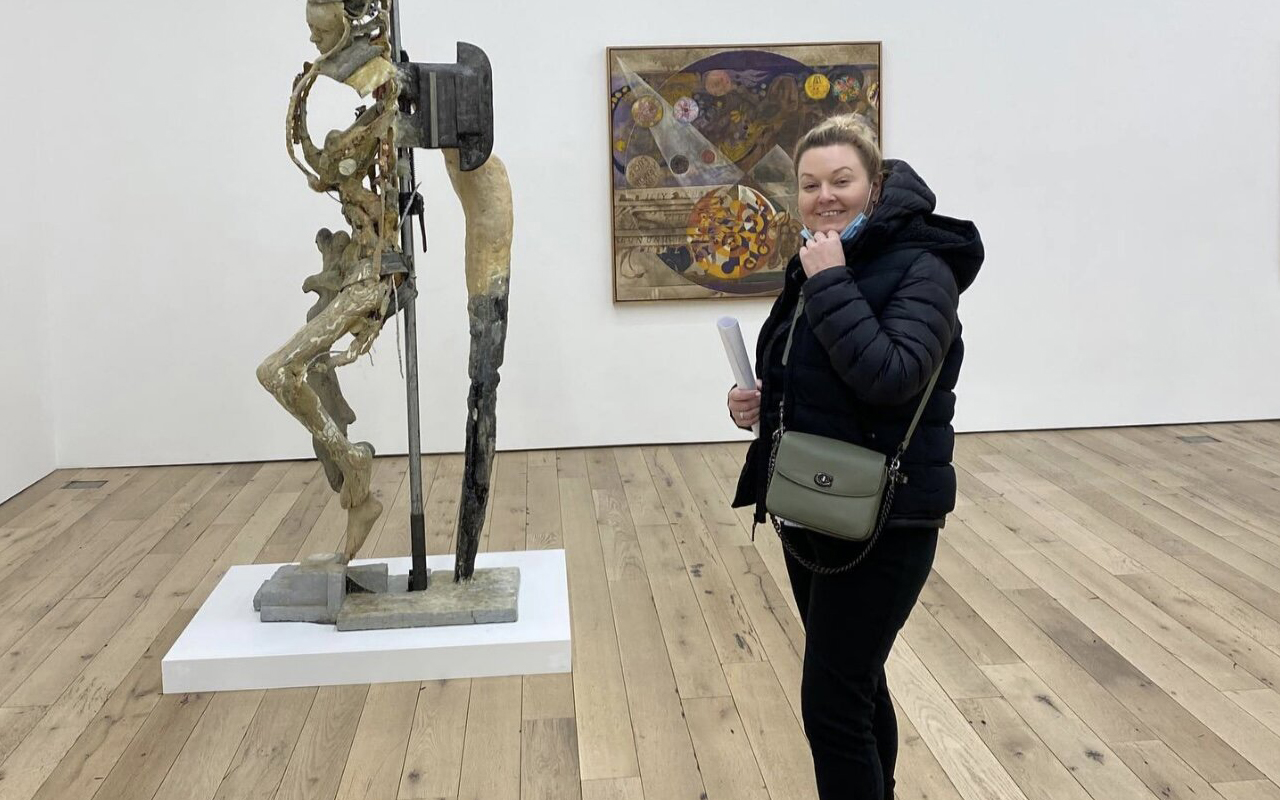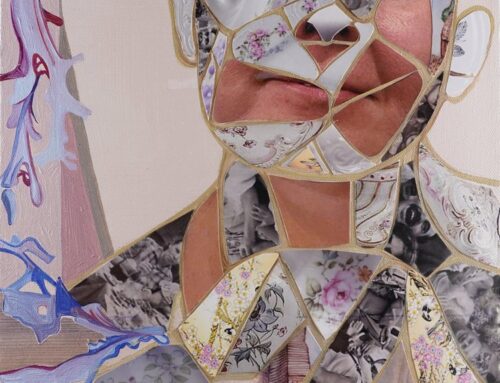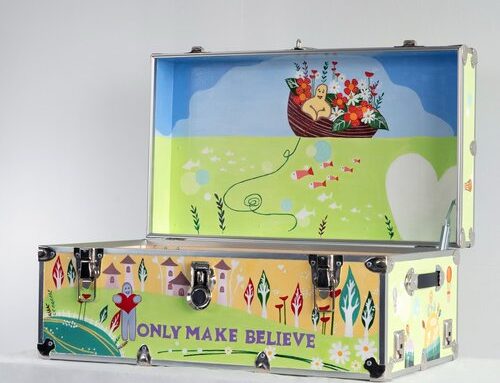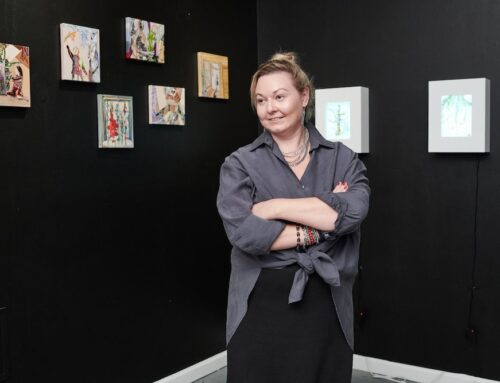
CHECKING HOW ART GALLERIES IN NEW YORK CITY ARE DOING POST-PANDEMIC
On the current state of the art market
Early January I visited several NYC-based galleries located in downtown Manhattan. It was the first time after the quarantine started. It was so pleasant to see the art shows again – I realized how much I’ve missed them. I loved the ‘Earth Kids’ sculptures by Yinka Shonibare at the James Cohan’s Gallery, TARWUK’s – a collaborative duo of Bruno Pogačnik Tremow and Ivana Vukšić – installations at the Martos Gallery, Joy Curtis’ sculptures at the Klaus von Nichtssageng Gallery, multimedia episodes and visuals by Yuji Agematsu at the Miguel Abreu Gallery, and the group show including artists Kim Farkas, Ivy Haldeman, Anna Park, Lauren Quin, Emilija Škarnulyte at the Downs & Ross Gallery.
At some of the galleries I had the chance to speak with the gallerists and staff. I was primarily interested in their opinions on a number of topical questions – how the art fair structure has changed and impacted the gallery business; how offline and online art markets co-exist today; if galleries keep up activities and reflect the societal changes; and if digital tools are used to keep sales up.
The gallerists shared how they made it through the last 10 months, how they responded to the ‘new normal’ of the covid-reality and what they are planning to do next in the post-pandemic world. I was relieved to hear their positive responses – many used this time to sort things out, to focus on their future activities or renovate and additionally decorate exhibition spaces.
So, the galleries have generally survived, but the art market structure has changed.
Tera Downs, co-owner of the Downs & Ross Gallery, which she runs in duo with her partner Alex Ross, provided a great optimistic insight. She assumed that a lot of people – from a small upstart gallery in China Town, NYC to a blue-chip LA gallery – have actually been doing well. One of the reasons, according to her, is that the art fair structure has melted away quite a bit. Gallerists were even feeling liberated from some of the prior constraints they were experiencing pre-pandemic. Tera said: “People used to look at what art fairs you participated in when defining you as a gallery. Now you don’t feel like a frazzled maniac who is going from art fair to art fair also for this kind of pier to pier validation system that it offers. Those hierarchical systems, that were making people take more high-risk activities, have melted away. It’s nice to get a little bit ‘old-school’, and just think about the primary vehicle again… In parallel to this, I find that the pacing of life is far more reasonable these days. It’s a more stabilized environment, and I feel the artists are happier as we give them more attention, as well as the clients”.
The art sales structure has also altered. I started asking myself, if art online is really that efficient and can it really substitute offline activities? I asked Tera to share her opinion about it: “Speaking about online art fairs and how people really buy art today – it makes it a bit tricky… Sometimes an offline fair is a great way to launch a young career but doing an online art fair is not that helpful. People go for the names and galleries they know. They see very quickly to reaffirm their existing patterns, so foisting something new – it’s really hard”.
Another gallerist I met with – Rodrigo Salomon of the Salomon Gallery in Tribeca – confirmed that the galleries were doing quite well during these challenging times. He managed to organize several shows. Rodrigo said:
“Covid19 certainly has had a great impact on the gallery business. The lockdown started 2 days after the opening of our new exhibition in March. Despite the quarantine, we launched a show in November featuring artist Donald Perlis. It was attended by a small group of people taking all the safety precautions. The Perlis’ George Floyd billboard went up in Times Square on October 2, 2020. It was the culmination of a series of paintings which Perlis calls Trump World. Another painting of his was also presented – Love in the Time of Covid, which, with sublime impudence, borrows the setting of Leonardo da Vinci’s The Last Supper. I also curated a few shows in the Norwood private club, where it feels like being in a Parisian salon in the 1920’s… plush velvet couches, drinks, music and surrounded by art and artists”.
As for the digital tools, Rodrigo said that they helped him to better connect with the world – his clients and partners globally. He stated: “New platforms definitely help to reach new audiences and attract collectors. And some people are very good at it. Though it’s very hard to gauge or measure the results. As for me, I mostly use Zoom in the secondary market when communicating with the art forensic experts and conservators to view artworks in Europe – Switzerland, Italy and Spain. I had an amazing experience, when we viewed a Picasso online: the client was in London, the conservator in Paris, the seller in Puerto Rico, and I was in New York”.
Some gallerists and curators reacted sharply to the turbulent events in the society during these past 10 months. Gallerist Juan Puntes of the White Box Gallery told me:
“We did the best we could to fill the significant schedule—and organized the Exodus Series exhibitions celebrating immigration in the oblique era of Trump. Artistically we adapted quite well, though economically it was remarkably difficult to function. Nevertheless, we installed all shows with the ‘real’, actual curated artworks, but also learned to switch much of the exhibition materials online. In addition, we launched a series of conversations with artists on zoom and facebook.”
I also noticed that many gallerists closed their doors in New York City, and moved, f.e., to East Hamptons permanently, where the clients currently are. Others, like Juan Puntes, decided to move to a different NYC area – as the rent prices significantly dropped in Manhattan. Mr. Puntes plans to move his gallery back to the Lower East Side, where it used to be before, for 18 seasons.
Changes are on the way for the art world. Gallerists, artists and curators are looking for creative ways to respond to the challenges that the pandemic posed. But beyond this, I’m so glad that many galleries – though not all at all yet – are still open these days and are welcoming viewers. Rodrigo Salomon adds: “It’s going to be an amazing time when we get liberated from the pandemic. We have learned how to survive the Covid-19 downturn. It’s like a life after death for some. The world is flat today and great new opportunities await us. With all the lessons learned, we will explore new ways to reach our full potential”.




